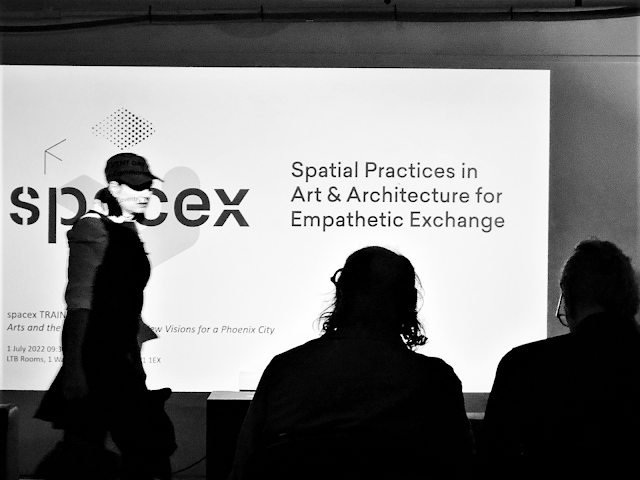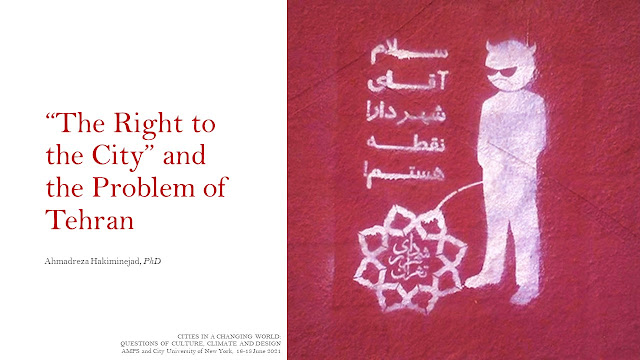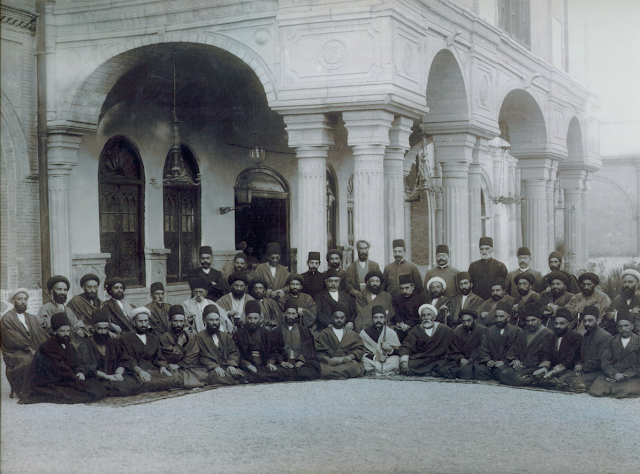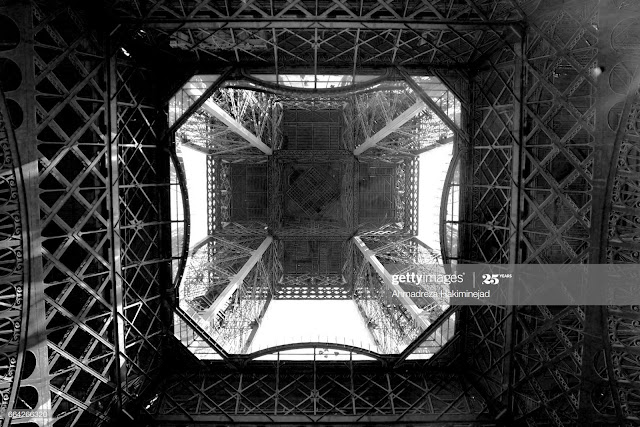City as Stage: Performative Body and the Authoritarian City
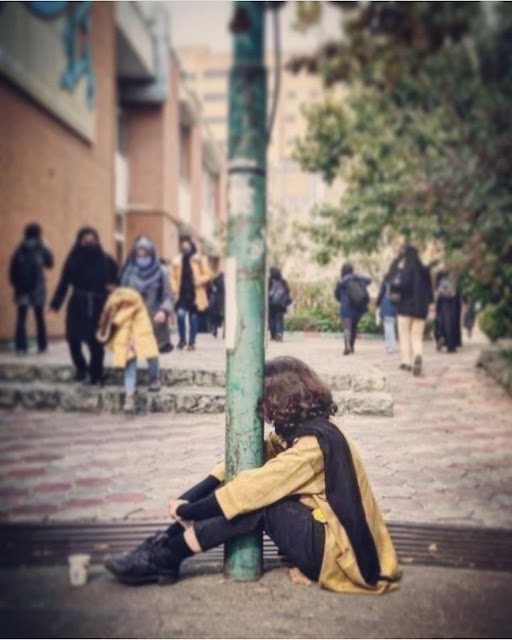
Al-Zahra University, Tehran, Iran, 12 November 2022. A student re-enacting the torture scene of Khodanour Lajaei being tied to a flag post by the state agents. He was shot during the Zahedan massacre (aka. Bloody Friday) on 30 September 2022 and died in a hospital on October 2 . City as Stage: Performative Body and the Authoritarian City Authors: Ahmadreza Hakiminejad and Mahsa Alami Fariman Synopsis In a cold day in December 2017, on the curbs of Enghelab Street in central Tehran, Iran, a defiant woman climbs a utility box, takes her hijab off, ties it to a stick and waves it to the crowd. Her eyes stared soulless towards her city, waving her white scarf in silence. The performer reclaimed the street to convert it into a theatrical stage with its astonished audience. This simple yet courageous bodily phenomenon tending to reclaim the city became a symbolic act of protest against the compulsory hijab. In light of the ongoing Woman, Life, Freedom movement in Iran – ignited by d
